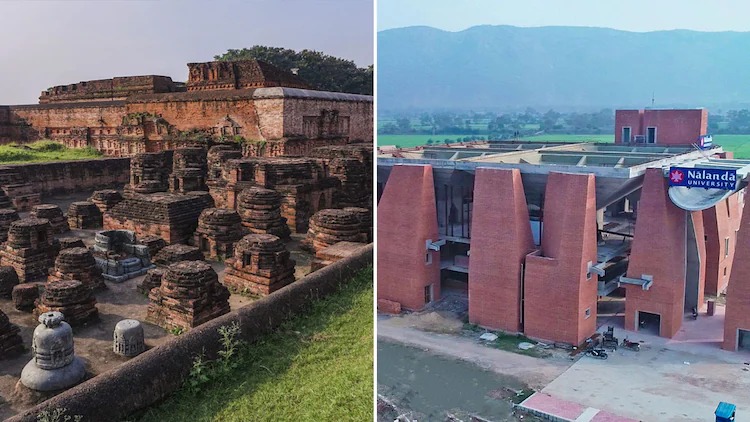BIHAR: Prime Minister Narendra Modi inaugurated the new campus of Nalanda University in Rajgir, emphasising its significance as a symbol of India's educational heritage and a bridge between nations. The campus, designed as a 'Net Zero' Green Campus, features modern facilities and aims to become a center for cultural exchange and knowledge sharing.
In 2007, following former President APJ Abdul Kalams suggestion, the Bihar assembly passed a bill to establish a new university. Operating from a temporary location since September 1, 2014, with 14 students, the university in Rajgir was inaugurated by former external affairs minister Sushma Swaraj in 2014.
In 2016, former President Pranab Mukherjee laid the foundation stone for the permanent campus in Pilkhi village, Rajgir, with construction starting in 2017.
Despite its glory, Nalanda's fate was sealed by a series of invasions that swept across the Indian subcontinent.
The first significant blow came in the 12th century when Bakhtiyar Khilji, a Turkish military general of the Mamluk Dynasty, laid waste to the university. Khilji, leading his forces in 1193 CE, targeted Nalanda as part of his campaign to conquer northern India, according to the 19th century historian Minhaju-s Siraj.
Locals often describe how Khilji's forces set fire to the grand libraries, reducing centuries of accumulated knowledge to ashes.
The burning is said to have lasted several months, with the massive collections of manuscripts feeding the flames. Monks and scholars were massacred too.
However, the end of the Nalanda Mahavihar is debated in historical circles, due to the lack and ambiguous nature of archaeological and literary evidence.













